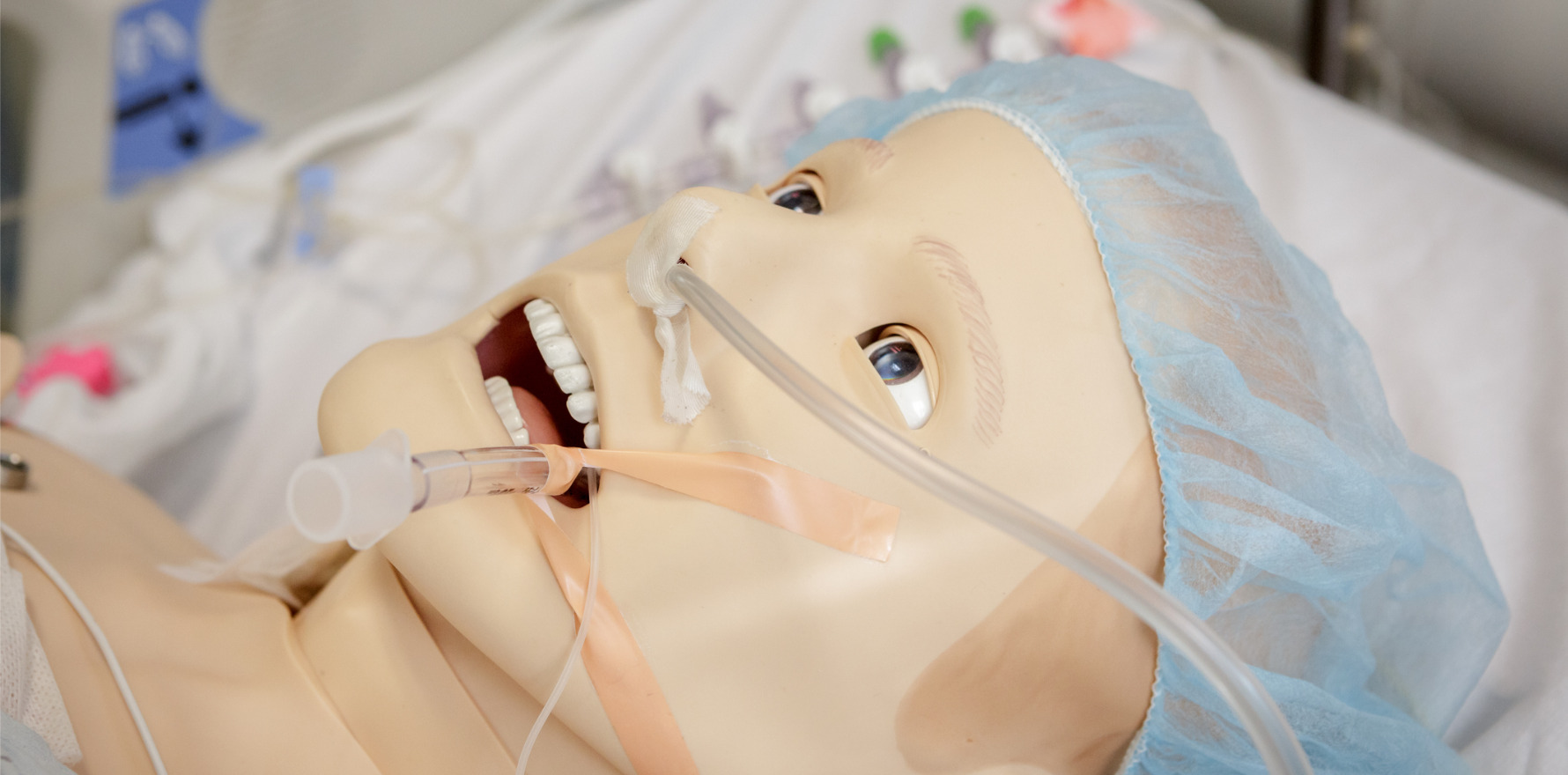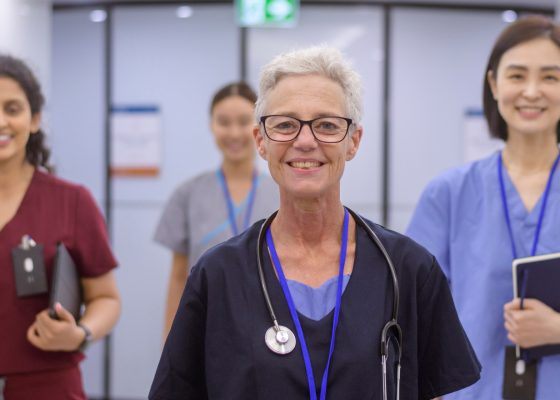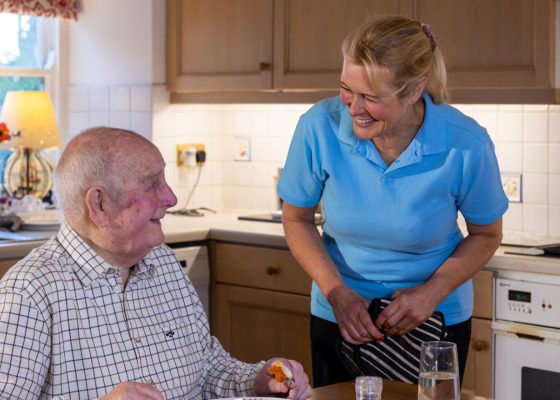Dr Nathan Oates, director of prevocational education and training at South East Rural Hospital in Bega, described workforce shortages as reaching ‘crisis point’.
A partnership between Southern NSW LHD and the Australian National University is bearing fruit with the opening of a state-of-the-art simulation and training centre at Bega’s South East Regional Hospital.
Dr Nathan Oates, VMO anaesthetist and director of prevocational education and training at SERH said the technology was based on mannequins and cameras that facilitate a virtual care type simulation. He added that SERH would be trialling a virtual reality system in the next few months.
“Although VR sounds great, it hasn’t provided the opportunities for high-quality learning until very recently,” he said.
“It’s just a tool at the end of the day, and it’s a tool that’s only as effective as the people that are driving the education.”
He hoped the simulation centre would attract doctors to train, work and live on the South Coast, describing workforce shortages as almost reaching “crisis point” post-covid.
“Last year we had critical vacancies in a number of different positions within the medical staffing of the hospital, similarly to many other hospitals in rural and regional environments,” he said.
“When the system gets stressed, it exposes some of the things that are challenging. For us, not only did we realise it even more acutely that we didn’t have the people that we needed to fill positions, but going forward, it looked like it was only going to get more challenging as time went on.
“General practice in our region is projected to lose a substantial proportion of rural GPs as they get to the age of retirement. And at this stage, all those positions are not set to be refilled.”
Dr Oates said the simulation centre was “just a piece of the puzzle” in a larger program focusing on the vertical integration of education and interprofessional education. He described a trauma management training program the SERH ran earlier this year which exposed medical students to the work of medical and emergency services staff in an emergency response.
“The real opportunity for learning was both a vertical approach where you have people at different skill levels and places within their training, and also interprofessional,” he said.
“[It was] an opportunity for people that work in the hospital to see what happens with the teams that look after patients at the roadside, using technology to give [students] the opportunity to see what happens in a hospital environment, albeit in a simulated setting.”
ANU Rural Clinical School Professor Sally Hall Dykgraaf said the new simulation centre was an exciting milestone.
“The centre allows students to explore real-life clinical scenarios in the safety of a clinical environment, so that they can develop and maintain robust skills,” Professor Hall Dykgraaf said.
“This simulation-based education will help graduates be ready to begin their medical career in rural settings.
“It will also support the development of high-quality local training opportunities for other healthcare professionals.”
The Rural Clinical School secured Commonwealth funding for the simulation centre through the Rural Health Multidisciplinary Training Program.
Do you have a story tip for us, or a topic you would like to see us cover? Contact the editor at editor@healthservicesdaily.com.au.




